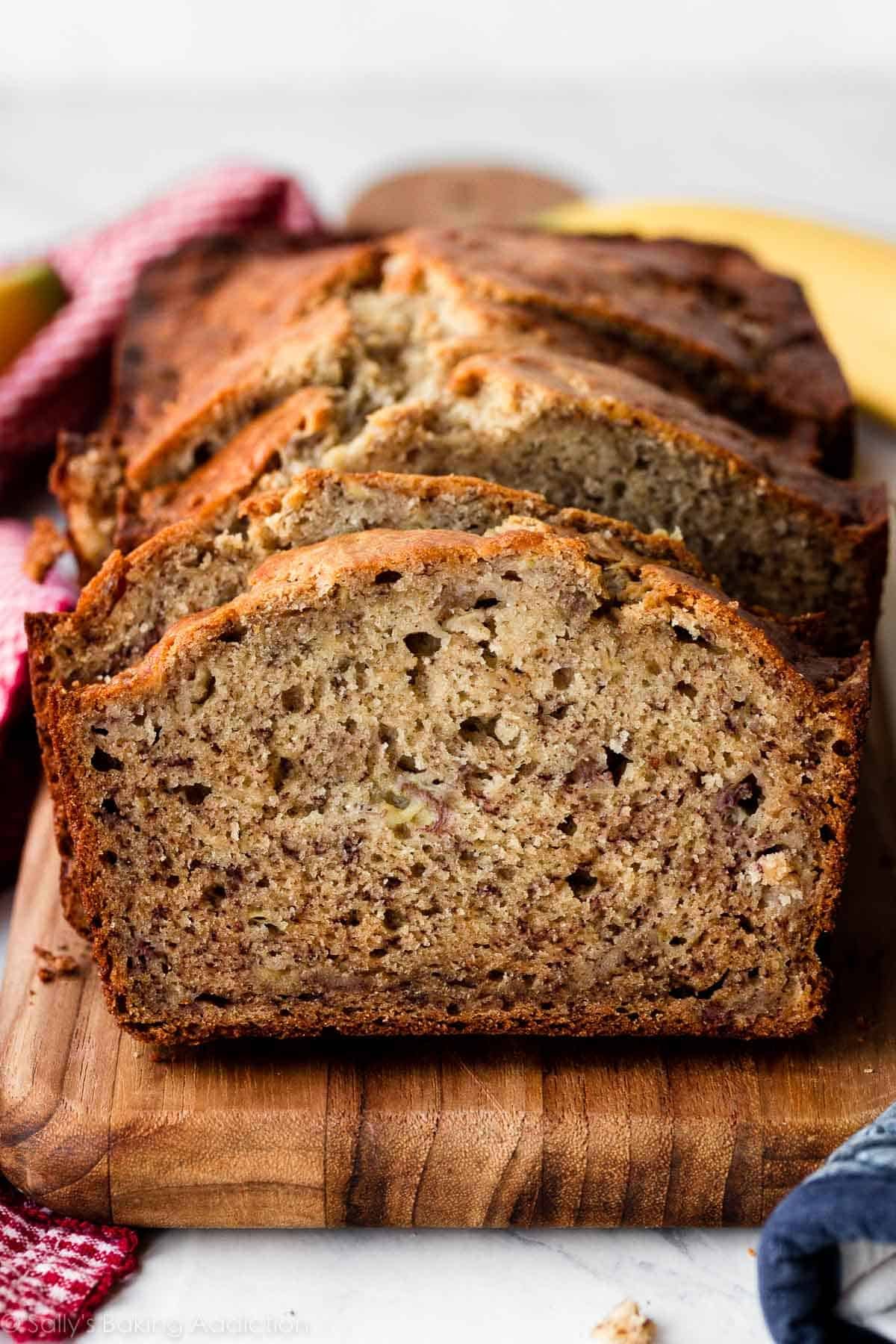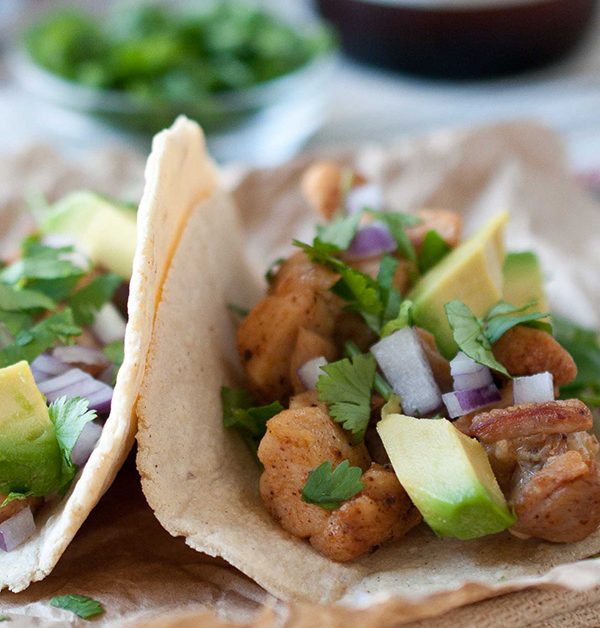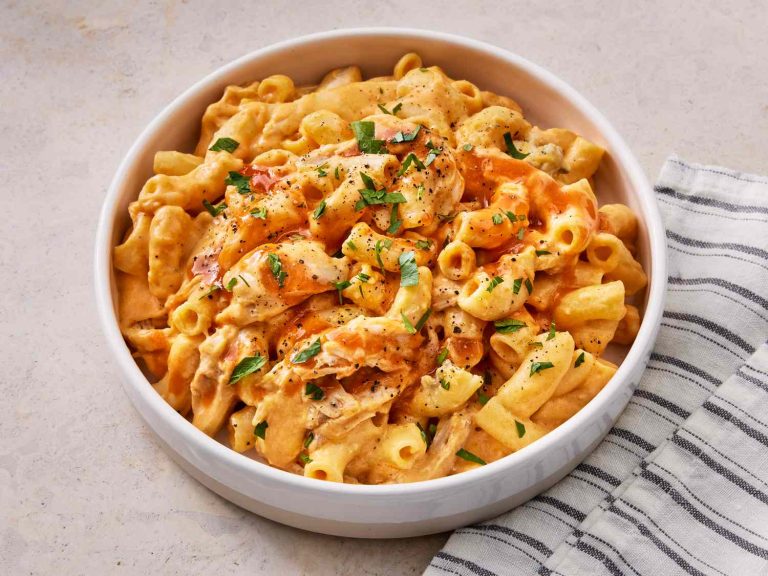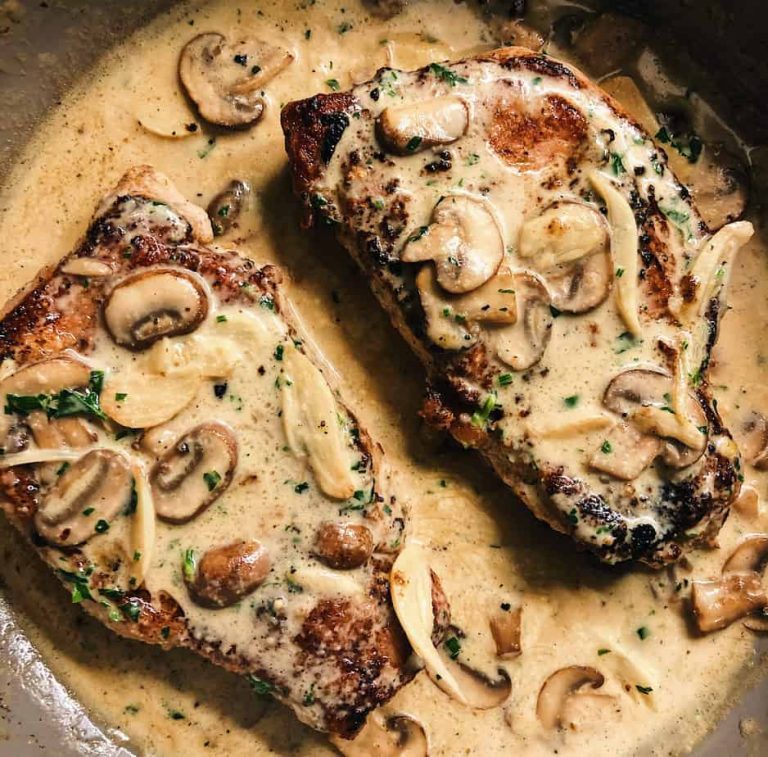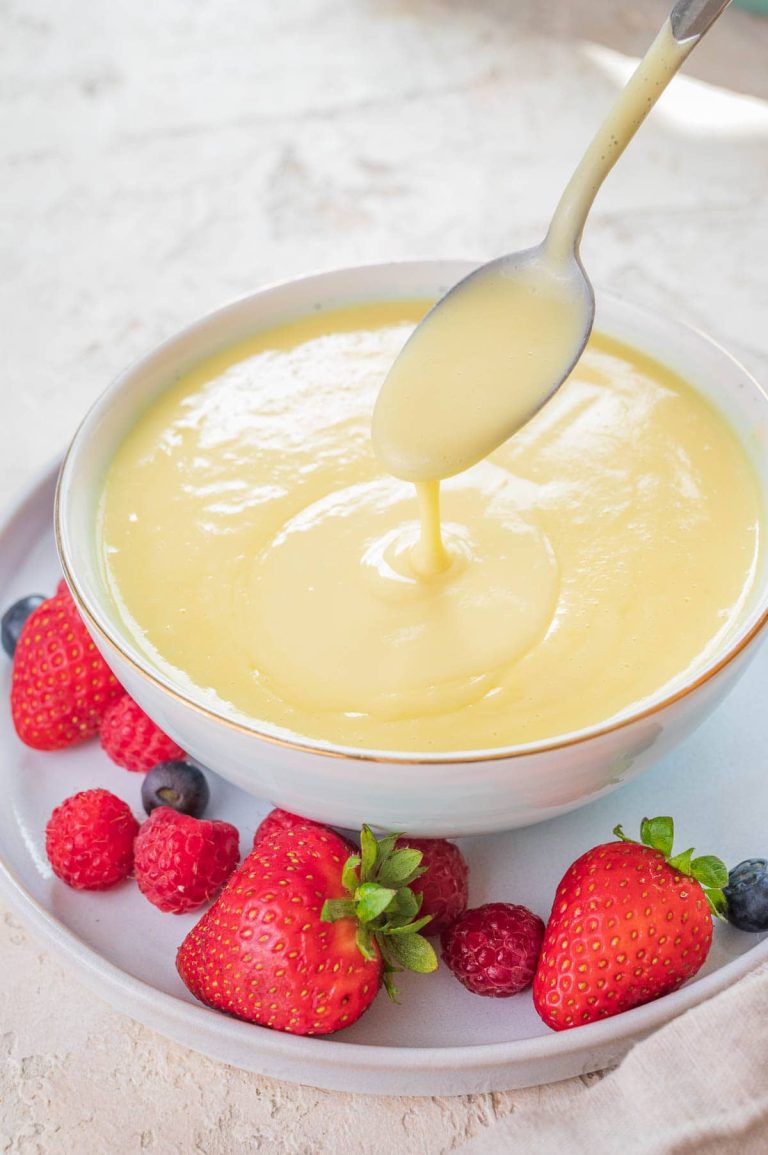Banana Bread Recipe: Easy Steps, Delicious Results & Healthy Variations
Banana bread’s origin traces back to the Great Depression in the 1930s when frugal homemakers sought ways to use overripe bananas. The recipe’s simplicity and affordability made it a staple in many households. During World War II, banana bread recipes featured prominently in community cookbooks due to sugar and butter shortages, prompting creative ingredient substitutions. This adaptability entrenched banana bread in American culinary traditions.
Reasons for Its Enduring Popularity
Banana bread remains popular for several reasons:
- Ease of Preparation: Even novice bakers can easily follow the straightforward recipe.
- Versatility: Adjust ingredients to suit dietary preferences, substituting flour types or adding mix-ins like nuts or chocolate chips.
- Flavor and Texture: Overripe bananas ensure a moist texture and rich flavor, appealing to a wide audience.
- Health Perception: Contains natural ingredients like bananas, which adds a healthful appeal.
- Convenience: Suitable for any meal, whether breakfast, snack, or dessert.
Banana bread continues to hold a special place in kitchens due to its simplicity and adaptability.
Essential Ingredients for Simple Banana Bread
Overview of Basic Ingredients
Banana bread uses common, easily accessible ingredients that you likely have in your pantry. Here’s a breakdown:
- Overripe Bananas: They provide natural sweetness and moisture, enhancing both texture and flavor.
- All-Purpose Flour: It forms the base structure. You can use a 1:1 ratio for substitutions.
- Granulated Sugar: It sweetens the bread, balancing the banana’s natural flavor.
- Eggs: Eggs add richness and help the bread rise.
- Butter or Oil: This ingredient provides necessary fats. Butter gives a richer flavor, while oil keeps it moist.
- Baking Soda: Baking soda ensures the bread rises properly.
- Salt: Tiny amounts of salt balance sweetness and enhance flavor.
- Vanilla Extract: A teaspoon of vanilla extract enriches the overall taste.
Substitutions and Variations
Easily adapt banana bread recipes to meet dietary needs or available ingredients. Consider these options:
- Gluten-Free: Use gluten-free flour blends to match a 1:1 ratio with all-purpose flour.
- Dairy-Free: Substitute butter with coconut oil or a dairy-free margarine alternative.
- Low-Sugar: Replace granulated sugar with natural sweeteners like honey or maple syrup.
- Egg-Free: Opt for flax eggs or chia seeds as a binding agent.
- Add-Ins: Enhance flavor and texture with additions like nuts, chocolate chips, or dried fruits.
- Spices: Cinnamon or nutmeg can add warmth and complexity to the flavor profile.
By understanding the basic ingredients and their roles, you can confidently craft delicious banana bread and experiment with various substitutions to create a loaf that suits your palate or dietary preferences.
Step-by-Step Baking Guide
Preparing Your Ingredients
Gathering all necessary ingredients ensures a smooth baking process. Start by selecting four overripe bananas. These should be heavily speckled or mostly brown; overripe bananas bring natural sweetness and moisture. Measure 2 cups of flour, 1 cup of granulated sugar, 2 eggs, 1/2 cup of melted unsalted butter or oil, 1 teaspoon of baking soda, 1/2 teaspoon of salt, and 1 teaspoon of vanilla extract. Preparing nuts or chocolate chips as add-ins, or spices like cinnamon and nutmeg, enhances the flavor.
Ensure all ingredients are at room temperature. Room-temperature eggs mix more evenly in the batter. Preheat your oven to 350°F (175°C), and grease a 9×5-inch loaf pan to prevent sticking.
The Baking Process
Start by mashing the bananas in a large bowl until smooth. Add melted butter or oil, and mix thoroughly. Incorporate sugar, eggs, and vanilla extract, beating until combined. In a separate bowl, whisk together flour, baking soda, and salt for even distribution.
Gradually add the dry ingredients to the wet mixture, stirring until just combined to avoid over-mixing. Fold in any add-ins like nuts or chocolate chips evenly.
Pour the batter into the prepared loaf pan. Bake for 60-65 minutes, checking doneness by inserting a toothpick into the center; it should come out clean or with a few moist crumbs. Let the bread cool in the pan for 10 minutes before transferring to a wire rack to cool completely.
Enjoy your flavorful, homemade banana bread.
Troubleshooting Common Baking Issues
Avoiding Dry or Dense Bread
Ensure perfect banana bread by preventing dryness or density. Use properly overripe bananas, as their moisture content softens the bread. Measure flour accurately using the spoon and level method to avoid compacted flour, which can lead to dryness. Mix batter gently; overmixing results in dense bread due to excess gluten development. Lastly, check oven temperature with an oven thermometer to ensure accuracy, as inconsistent heat can dry out your bread.
Solutions for Undercooked Centers
Avoid undercooked centers by filling your loaf pan correctly. Fill only halfway to prevent uneven baking. Set your oven to 350°F (177°C) as lower temperatures allow the center to cook more evenly. Check doneness with a toothpick inserted into the center; it should come out clean. If the top browns too quickly, tent it with foil to allow the center to cook without burning the crust. Ensure to preheat the oven and avoid opening it frequently as heat loss impacts the baking process.
Health Benefits and Nutritional Information
Nutritional Components of Banana Bread
Banana bread provides various nutrients due to its diverse ingredients. Overripe bananas contribute potassium, vitamin C, and vitamin B6. Flour, typically wheat-based, offers carbohydrates and small amounts of protein. Eggs supply protein, vitamins D and B12, and choline. Butter or oil introduces fats, with butter adding saturated fats and oil providing unsaturated fats. Sugar is primarily responsible for the carbohydrate content in banana bread.
Here’s a simple nutritional breakdown for one slice (about 60 grams) of banana bread:
| Component | Amount per slice |
|---|---|
| Calories | 196 |
| Carbohydrates | 32 grams |
| Protein | 3 grams |
| Fat | 7 grams |
| Dietary Fiber | 1 gram |
| Sugars | 14 grams |
| Vitamin A | 4% of Daily Value |
| Vitamin C | 6% of Daily Value |
| Calcium | 1% of Daily Value |
| Iron | 4% of Daily Value |
Making Banana Bread Healthier
You can enhance banana bread’s nutritional profile with simple adjustments. Replace white flour with whole wheat flour to increase fiber content. Substitute refined sugar with natural sweeteners like honey or applesauce, which lower glycemic impact. Opt for Greek yogurt instead of butter to reduce fat while adding protein and probiotics. Adding mix-ins such as nuts, seeds, and dried fruits (e.g., walnuts, chia seeds, raisins) boosts vitamin, mineral, and antioxidant content.
Here are a few swaps to make your banana bread healthier:
- Whole wheat flour for refined flour
- Honey or applesauce for refined sugar
- Greek yogurt for butter or oil
- Addition of nuts, seeds, and dried fruits
These adjustments maintain flavor and texture while improving the overall nutrient density of your banana bread.
Conclusion
Banana bread’s charm lies in its simplicity and versatility. With just a few basic ingredients and some ripe bananas, you can create a delicious treat that suits various dietary needs and tastes. Don’t hesitate to experiment with different add-ins and spices to make it your own. Remember to follow the baking tips to avoid common pitfalls and ensure your banana bread turns out perfect every time. By making a few health-conscious substitutions, you can enjoy a nutritious and flavorful loaf. So grab those overripe bananas and get baking!
